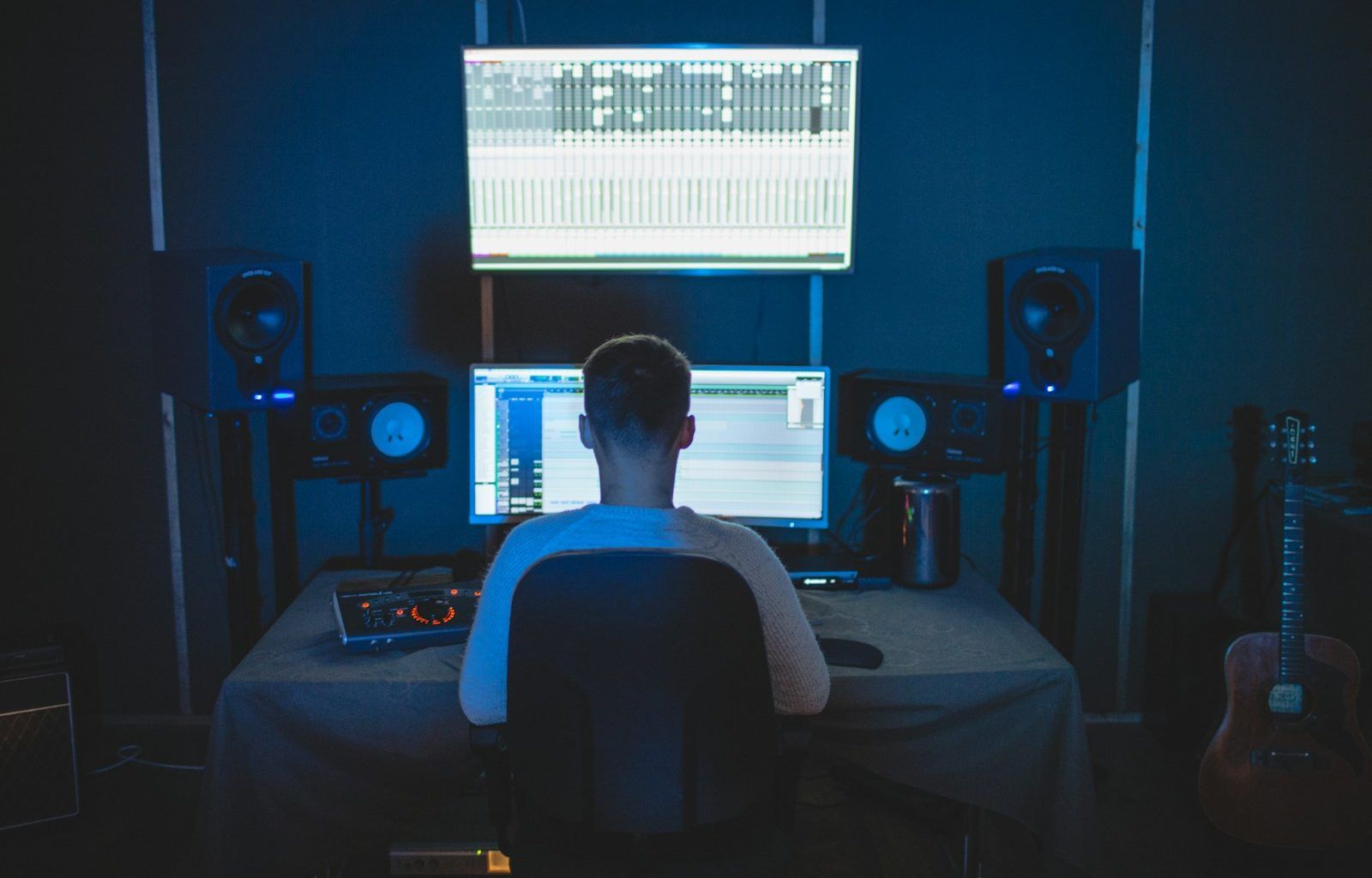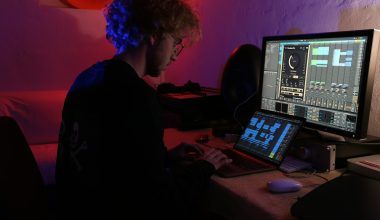Mixing is an essential process that touches almost every aspect of our daily lives, from music and cooking to science and industry. But what exactly is mixing? At its core, mixing is the act of combining two or more elements to create something new. Whether you’re blending ingredients to make a delicious dish or merging sounds to create a song, mixing involves balance, harmony, and creativity.
In this blog, we’ll break down the concept of mixing, explain why it’s important, and explore its applications in different fields. You’ll also discover practical tips for mastering mixing in your own projects. Let’s dive in!
What is Mixing in Everyday Life?
If you’ve ever made a smoothie or painted a picture, you’ve already practiced mixing. Mixing simply means taking individual components and combining them to form a cohesive whole. It’s a universal concept that can apply to tangible materials, like paint or food, as well as abstract elements, like sounds or ideas.
For example:
- In the kitchen, mixing ingredients like flour, eggs, and sugar creates a cake batter.
- In music production, mixing involves blending different tracks, such as vocals, drums, and instruments, to create a balanced song.
The possibilities are endless, and the skill of mixing is incredibly versatile.
Why is Mixing Important?
Mixing is important because it creates something greater than the sum of its parts. Think about your favorite song—it wouldn’t sound as amazing if the instruments, vocals, and beats didn’t blend seamlessly. Similarly, a well-seasoned soup wouldn’t taste delicious without the right mix of spices.
Mixing allows us to:
- Enhance quality: The right mix can improve flavor, sound, or texture.
- Innovate: Mixing fuels creativity and experimentation, leading to new discoveries.
- Solve problems: Many scientific and industrial advancements rely on mixing to create better products.
Whether it’s artistic or scientific, mixing is a tool for achieving harmony and innovation.
How Does Mixing Work in Music?
In the world of music, mixing is a crucial step in the production process. After recording individual tracks, like vocals and instruments, a sound engineer blends them together to create a polished and balanced song.
The Steps of Music Mixing:
- Balancing Levels: Adjusting the volume of each track so no element overpowers the others.
- EQ (Equalization): Fine-tuning the frequency of each track to ensure clarity.
- Panning: Distributing sounds across the left and right speakers for a dynamic stereo effect.
- Adding Effects: Enhancing the sound with reverb, delay, or compression.
- Final Touches: Making subtle adjustments to ensure the mix sounds great on all devices.
Music mixing requires a keen ear and a lot of practice. It’s both an art and a science, and it plays a big role in creating the songs we love.
What is Mixing in Cooking?
Cooking is another area where mixing takes center stage. When you mix ingredients, you combine their flavors, textures, and properties to create something delicious.
Types of Mixing in Cooking:
- Blending: Using a blender to mix liquids and soft ingredients, like smoothies or soups.
- Whisking: Mixing air into a batter to make it light and fluffy, like in cakes or meringues.
- Kneading: Combining flour and water to develop gluten and form dough.
Each type of mixing serves a specific purpose, and mastering these techniques can elevate your cooking game.
How is Mixing Used in Chemistry?
In chemistry, mixing often involves combining substances to study their reactions or create new compounds. It’s a fundamental process in laboratories, medicine, and even the production of everyday products like toothpaste or paint.
Tools for Mixing in Chemistry:
- Stirring Rods: Simple tools for manual mixing.
- Shakers: Machines that evenly mix solutions in test tubes.
- Homogenizers: Devices used to blend substances at a molecular level.
Mixing in chemistry requires precision, as the wrong combination or proportion can lead to unexpected results.
Tips for Mastering the Art of Mixing
Whether you’re mixing colors for a painting, sounds for a song, or ingredients for a recipe, here are some tips to help you get better:
- Start Simple: Focus on mastering basic mixing techniques before tackling complex projects.
- Pay Attention to Balance: Make sure no single element overpowers the others.
- Experiment: Don’t be afraid to try new combinations and learn from mistakes.
- Use the Right Tools: From spatulas to software, having the right tools makes a big difference.
- Practice Patience: Great mixing takes time, so don’t rush the process.
The Role of Technology in Mixing
Advances in technology have revolutionized mixing in all its forms. Digital tools like mixing consoles, software, and automated mixers make it easier to achieve professional results. For example:
- In music, digital audio workstations (DAWs) allow producers to mix tracks with incredible precision.
- In cooking, high-speed blenders and food processors simplify the mixing process.
Technology has made mixing more accessible, empowering everyone from beginners to professionals.
Final Thoughts: The Beauty of Mixing
Mixing is more than just a skill—it’s a creative process that allows us to combine elements in meaningful ways. It helps us make music, prepare meals, and even develop new materials. By understanding what mixing is and learning how to do it effectively, you can unlock endless possibilities in your personal and professional life.
Whether you’re a budding chef, an aspiring music producer, or just someone who loves experimenting, mixing is a skill worth mastering. So, the next time you combine ingredients, sounds, or ideas, remember that you’re engaging in the art of mixing—an art that brings the world together in unique and beautiful ways.
For further reading, explore these related articles:
- Unlocking the Magic of Billboard Dance Club Songs: A Complete Guide
- All About the Billboard World Album Chart
For additional resources on music marketing and distribution, visit DMT Records Pvt. Ltd..






